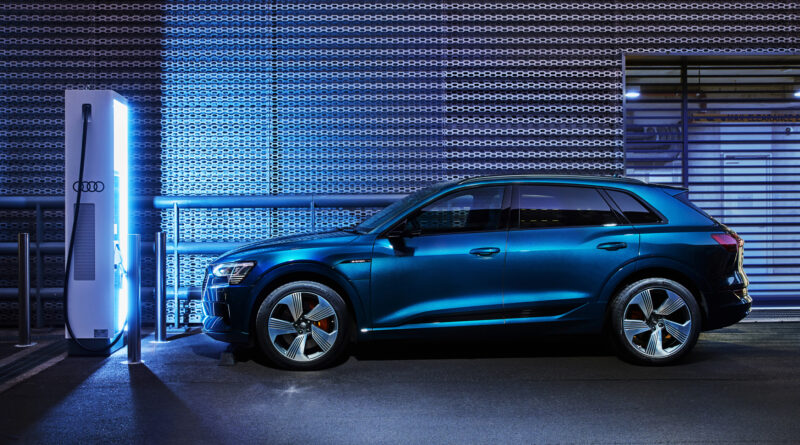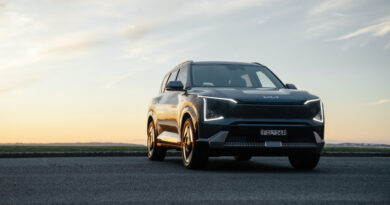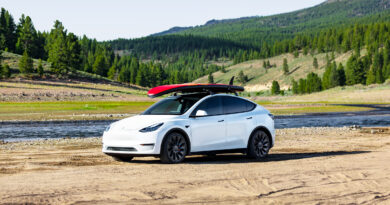Audi e-Tron ups the charging pace
Smarter charging, more features, more choices and the first car on the market without traditional wing mirrors marks Audi’s big noise blast onto the electric vehicle scene with its e-Tron SUV.
Priced from $137,700, the Audi e-Tron arrives in Australia in September 2020 and is available in two body styles: a traditional SUV or a Sportback that shaves 7 percent off the boot space in exchange for a sleeker look and an associated $11,000 price hike.
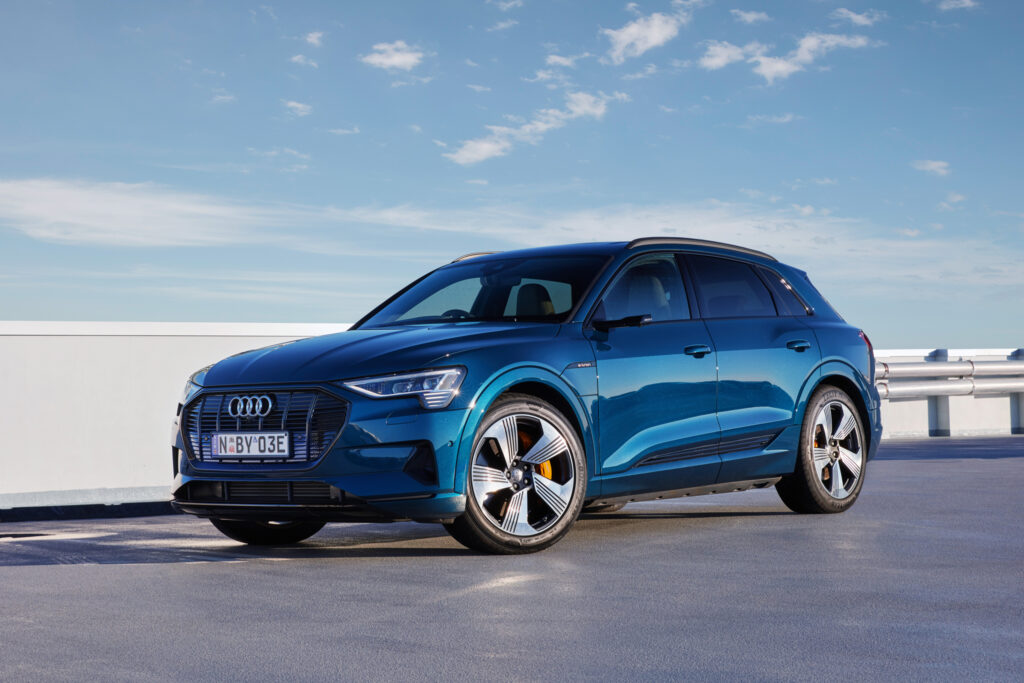
Those prices buy you the e-Tron 50 – its number chosen to mimic traditionally-powered vehicles in the Audi lineup – which gets a 71kWh battery pack for about 300km of driving range.
The e-Tron 50 models are powered by two motors driving all four wheels for a combined 230kW and 540Nm, enough to propel the five-door to 100km/h in 6.8 seconds.
Those wanting more can pay $146,700 for the e-Tron 55 or $157,700 for the e-Tron 55 Sportback, each of which comes with a 95kWh battery pack good for more than 400km, according to the WLTP test cycle.
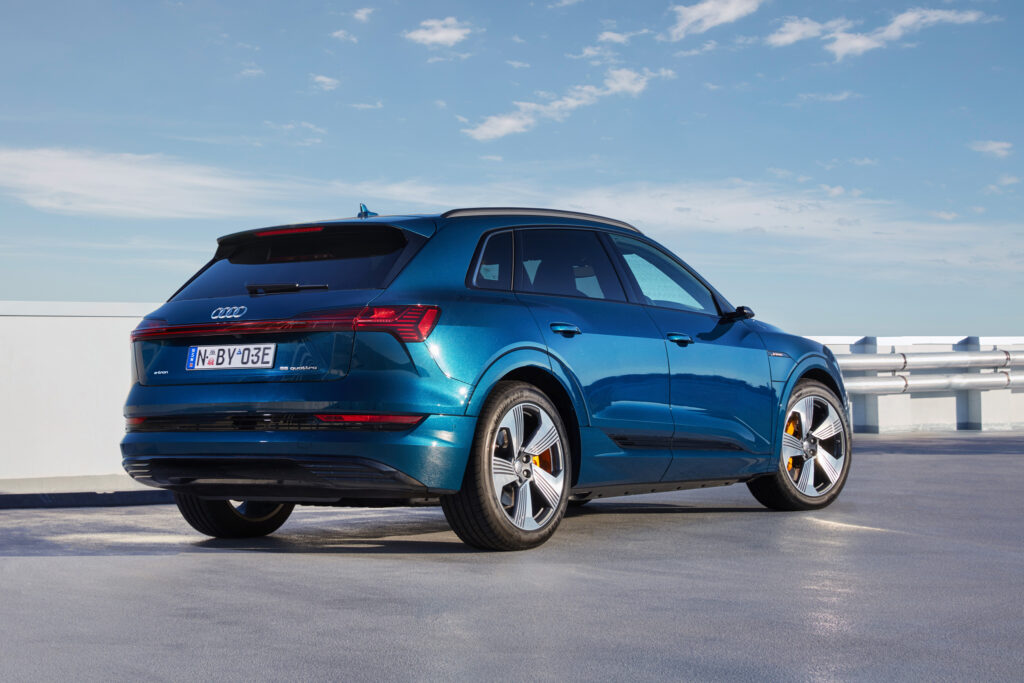
That e-Tron 55 also gets more power, with 300kW and 664Nm lowering the 0-100km/h sprint to 5.7 seconds.
Those prices also include all scheduled servicing for the first six years as well as a six-year subscription to ChargeFox, claimed to be Australia’s largest charging network.
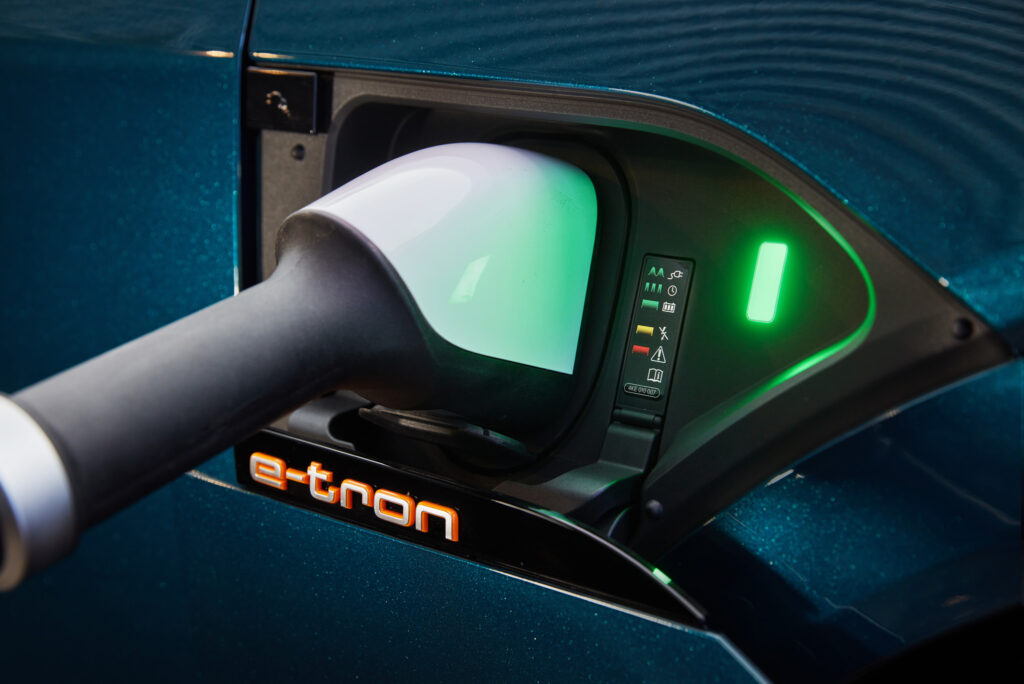
Each has the same level of equipment, which runs to 20-inch alloy wheels, 360-degree camera, leather, dual-zone ventilation, 10-speaker audio with digital radio tuning and smart key entry. Sportback models also get a head-up display and sports seats.
Infotainment systems include a 10.1-inch main screen with an 8.6-inch screen below it for ventilation controls, programmable favourites and handwriting functionality. The instrument cluster is also a customisable 12.3-inch digital display.
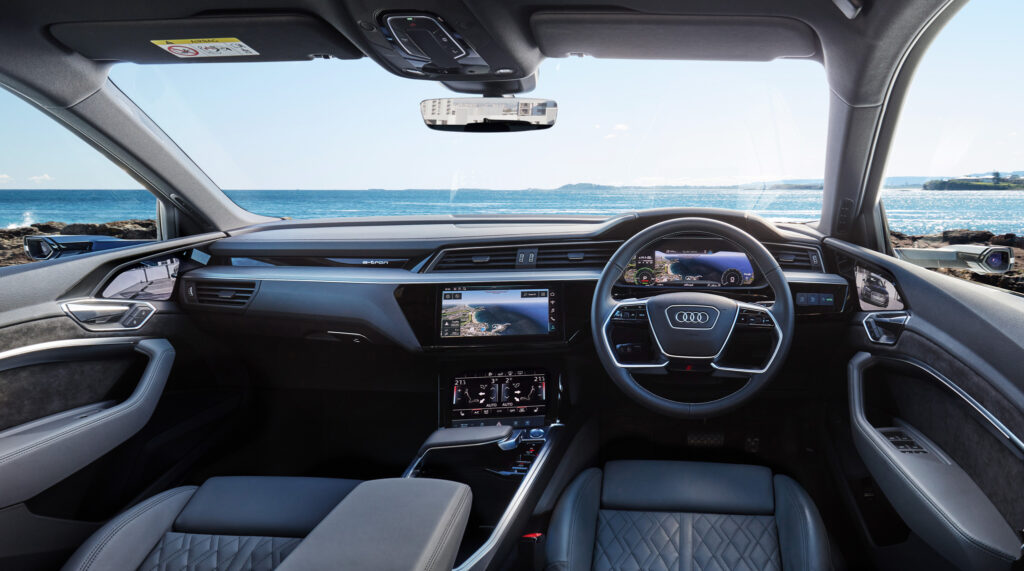
Active safety includes blind spot warning, active cruise control, autonomous emergency braking up to 250km/h and door opening warning that can momentarily delay opening.
While many of the components in the e-Tron are shared within the Volkswagen Group, Audi has embraced its “vorsprung durch technik” mantra with the battery pack.
The lithium ion batteries have advanced liquid cooling that Audi says improves efficiency, particularly when charging. Audi says the battery’s thermal management – which aims to keep the battery between 25 and 35 degrees – can increase the driving range by up to 15 percent. Heat from the cooling system can also be used to warm the interior.
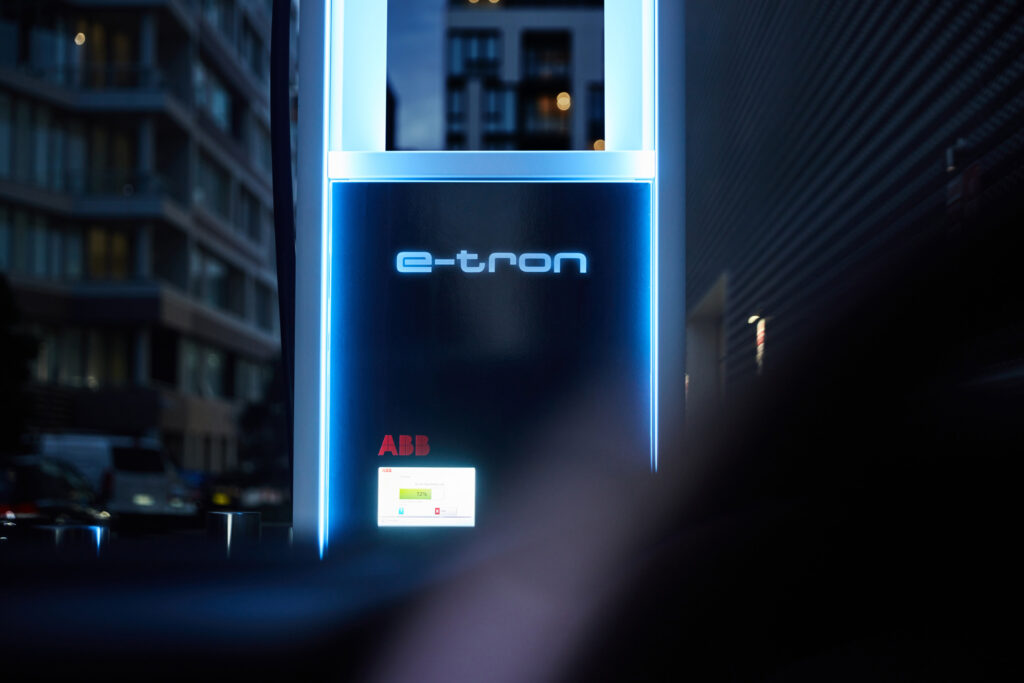
While its maximum 150kW charging capacity (via a CCS plug) is outdone by some rivals, Audi claims the e-Tron can maintain its maximum charging rate for longer, in turn lowering charging times.
An 80 percent fast charge is claimed to take less than 30 minutes, with the remaining 20 percent charge adding about 15 minutes.
An innovative portable wallbox charger can provide up to 11kW of AC current through a Type 2 charging plug, enough to charge the e-Tron 50 in six hours or the e-Tron 55 in 8.5 hours.
That 11kW AC charger is designed to fit on a bracket in the garage but it can also be stashed in the 66-litre boot at the front of the car, allowing for 11kW AC charging when away from home.
Regenerative braking can be adjusted in three levels via the paddle shifters and provide up to 200kW and 300Nm, which is fed back into the batteries.
Like the Mercedes-Benz EQC and upcoming Porsche Taycan the e-Tron’s range predictor looks at various factors including traffic conditions and terrain to recommend charging locations on longer routes.
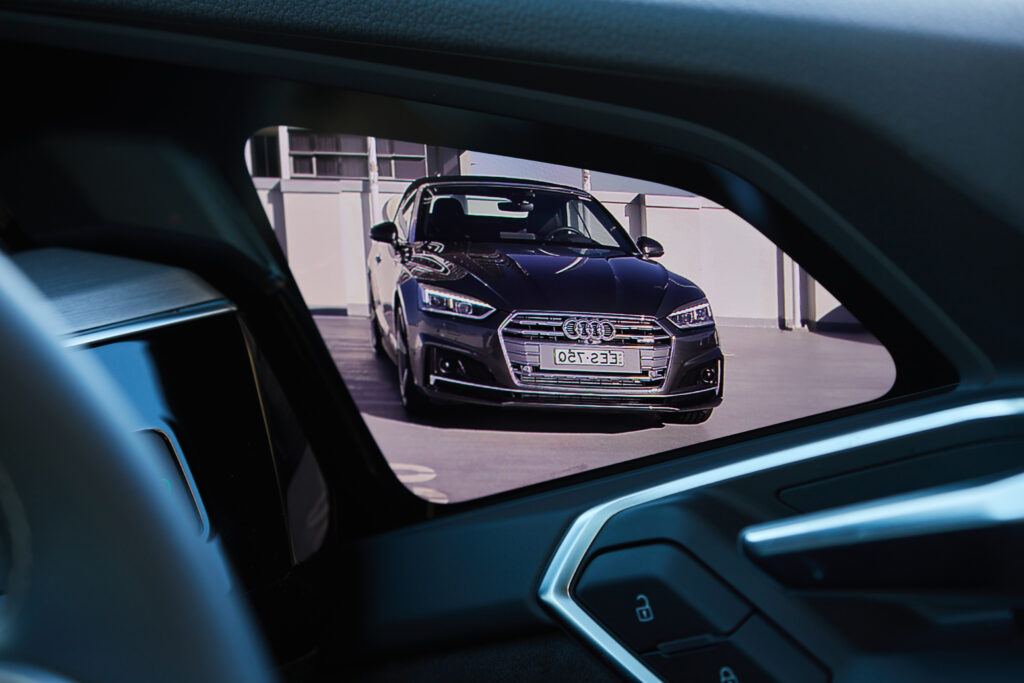
Those wanting to extend the driving range can choose the “virtual” exterior mirrors, which replace traditional wing mirrors with smaller units housing a rear-facing camera. The smaller mirrors – along with screens on the insides of the front doors – lower the drag coefficient from 0.28 to 0.27, with Audi suggesting efficiency could be improved by as much as 5 percent.
The mirrors can be optioned for $3500 or bundled in with other options as part of pack, including the Premium Plus Pack priced between $6700 and $9700 and adding 21-inch wheels, four-zone ventilation, matrix headlights and 16-speaker Bang & Olufsen sound system.

Audi is also offering a First Edition model that packages many of those options into an e-Tron 55 for about $12,000 above the regular price.
The e-Tron’s most obvious competitor is the Mercedes-Benz EQC, which went on sale in Australia late in 2019 priced from $137,900.
The e-Tron is slightly larger than the EQC and Audi claims its interior space is closer to the larger Q7, aided by the flat floor that does without a transmission tunnel running down its centre.

